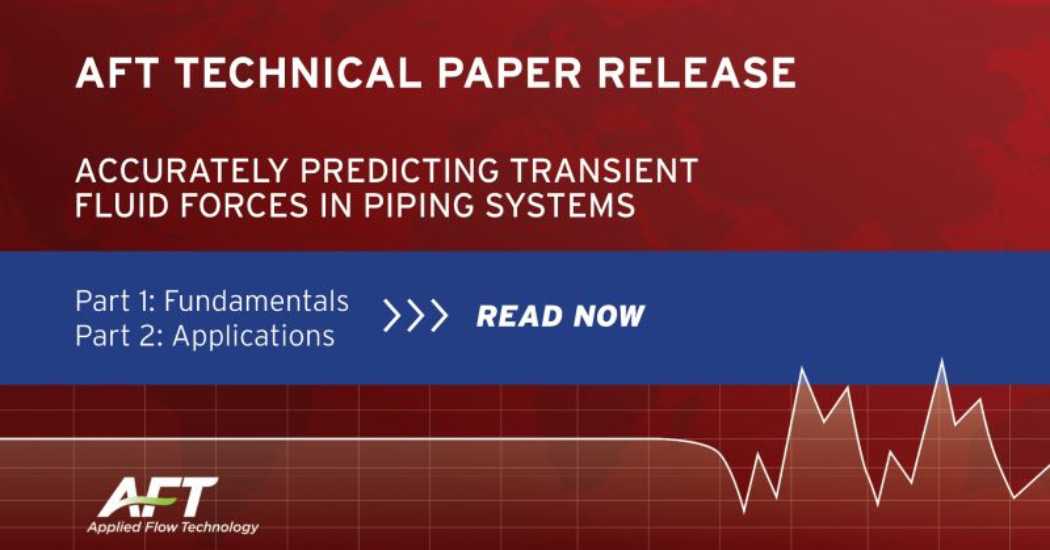Part 1 of this series discussed in detail how to accurately calculate the reactions induced by pressure transients that travel at acoustic velocity in either liquid or gas piping systems. Part 2 applies these methods to a variety of realistic examples to further illustrate their use and to demonstrate areas in which traditional or simplified methods may impart significant error.
